What Battery Does Blink Camera Take ?
The Blink camera uses two AA lithium batteries.
1、 Blink camera battery type and compatibility
The Blink camera is a popular choice for home security systems due to its wireless and easy-to-install design. One of the key features of the Blink camera is its long-lasting battery life, which ensures continuous monitoring without the need for frequent recharging.
The Blink camera uses AA lithium batteries, specifically the non-rechargeable type. These batteries are known for their high energy density and long shelf life, making them ideal for devices that require low power consumption over an extended period. The use of AA lithium batteries also eliminates the need for cumbersome power cords, allowing for flexible camera placement and easy installation.
In terms of compatibility, the Blink camera is designed to work seamlessly with AA lithium batteries from various brands. This means that users have the freedom to choose their preferred battery brand, as long as they are AA lithium non-rechargeable batteries. It is important to note that using rechargeable batteries or other types of batteries may result in compatibility issues or reduced battery life.
As technology advances, it is always recommended to check the latest information from the manufacturer regarding battery type and compatibility. Manufacturers may release firmware updates or provide specific recommendations to optimize the performance of the Blink camera. Staying informed about any updates or changes will ensure that you are using the most suitable batteries for your Blink camera, maximizing its functionality and longevity.

2、 Recommended battery options for Blink cameras
Recommended battery options for Blink cameras include both rechargeable and non-rechargeable options. The Blink camera system is designed to be energy-efficient, allowing for extended battery life.
For non-rechargeable batteries, Blink recommends using lithium AA batteries. Lithium batteries have a longer lifespan compared to alkaline batteries and are better suited for devices that require high power consumption, such as security cameras. They are also more resistant to extreme temperatures, making them ideal for outdoor use. However, it is important to note that non-rechargeable batteries will need to be replaced once they are depleted.
Alternatively, rechargeable batteries can be used with Blink cameras. Rechargeable AA batteries, such as NiMH (Nickel Metal Hydride) batteries, are a popular choice. These batteries can be recharged multiple times, reducing waste and saving money in the long run. It is recommended to use high-quality rechargeable batteries with a high mAh (milliampere-hour) rating for longer usage between charges.
In terms of the latest point of view, advancements in battery technology have led to the development of lithium-ion rechargeable batteries. These batteries offer even longer life and improved performance compared to traditional rechargeable batteries. They are also more environmentally friendly as they can be recharged hundreds of times before needing to be replaced.
Ultimately, the choice of battery for Blink cameras depends on personal preference and specific requirements. Non-rechargeable lithium batteries are a reliable option for those who prefer easy maintenance, while rechargeable batteries provide a more sustainable and cost-effective solution.
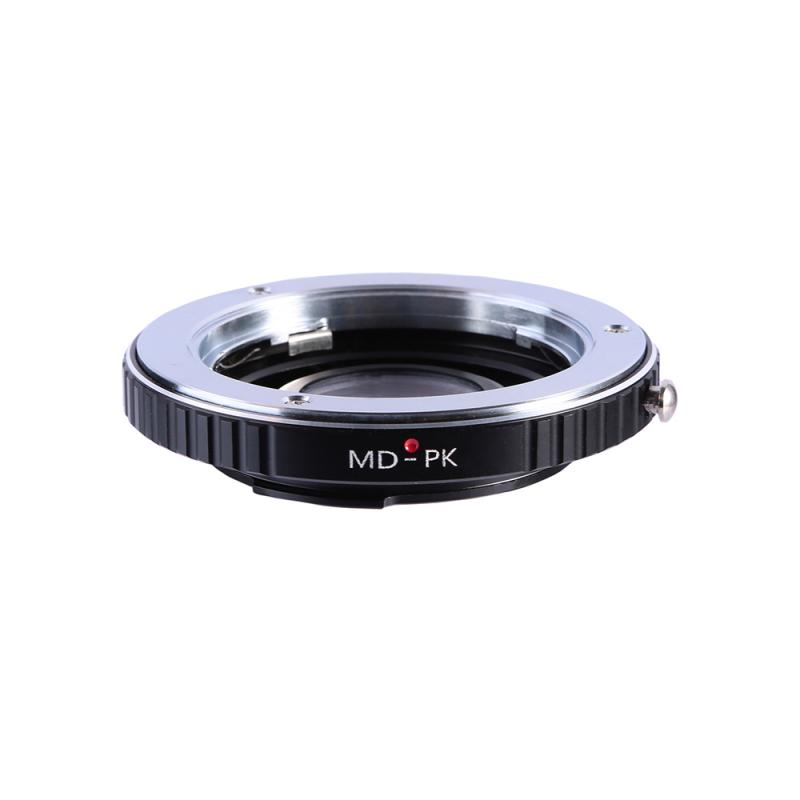
3、 Understanding the power requirements of Blink camera systems
Understanding the power requirements of Blink camera systems is crucial for ensuring optimal performance and longevity of the devices. Blink cameras are known for their wireless and battery-powered operation, making them a popular choice for home security systems.
To answer the question, Blink cameras typically use AA lithium batteries. These batteries are preferred due to their long-lasting power and ability to withstand extreme temperatures. AA lithium batteries are readily available and can be easily replaced when needed. It is important to note that Blink cameras are designed to be energy-efficient, allowing the batteries to last for up to two years under normal usage conditions.
However, it is worth mentioning that Blink has recently introduced a new line of cameras called Blink Outdoor and Blink Indoor. These cameras come with a built-in rechargeable battery pack, eliminating the need for traditional AA batteries. The rechargeable battery pack can be easily removed and charged using a USB cable. This new feature provides convenience and cost savings for users, as they no longer need to purchase and replace batteries regularly.
In summary, while older Blink camera models require AA lithium batteries, the latest Blink Outdoor and Blink Indoor cameras come with a built-in rechargeable battery pack. This advancement in technology offers users a more sustainable and hassle-free power solution.

4、 Rechargeable vs. non-rechargeable batteries for Blink cameras
Rechargeable vs. non-rechargeable batteries for Blink cameras
When it comes to powering your Blink camera, you have the option of using either rechargeable or non-rechargeable batteries. Both options have their pros and cons, and the choice ultimately depends on your personal preferences and needs.
Non-rechargeable batteries, such as lithium or alkaline, are the traditional choice for powering Blink cameras. They are readily available, easy to replace, and generally have a longer shelf life. Non-rechargeable batteries also tend to provide a more consistent power output, ensuring reliable performance for extended periods. However, they can be costly in the long run as you need to keep purchasing new batteries.
On the other hand, rechargeable batteries offer a more eco-friendly and cost-effective solution. They can be recharged multiple times, reducing waste and saving you money in the long term. Rechargeable batteries are also convenient as you don't have to constantly buy new ones. However, they may have a slightly shorter lifespan compared to non-rechargeable batteries and may require more frequent recharging.
The latest point of view leans towards rechargeable batteries for Blink cameras. With advancements in technology, rechargeable batteries have become more efficient and reliable. Many users find that rechargeable batteries provide sufficient power for their Blink cameras and appreciate the cost savings and environmental benefits they offer.
Ultimately, the choice between rechargeable and non-rechargeable batteries for Blink cameras depends on your specific needs and preferences. Consider factors such as cost, convenience, and environmental impact when making your decision.
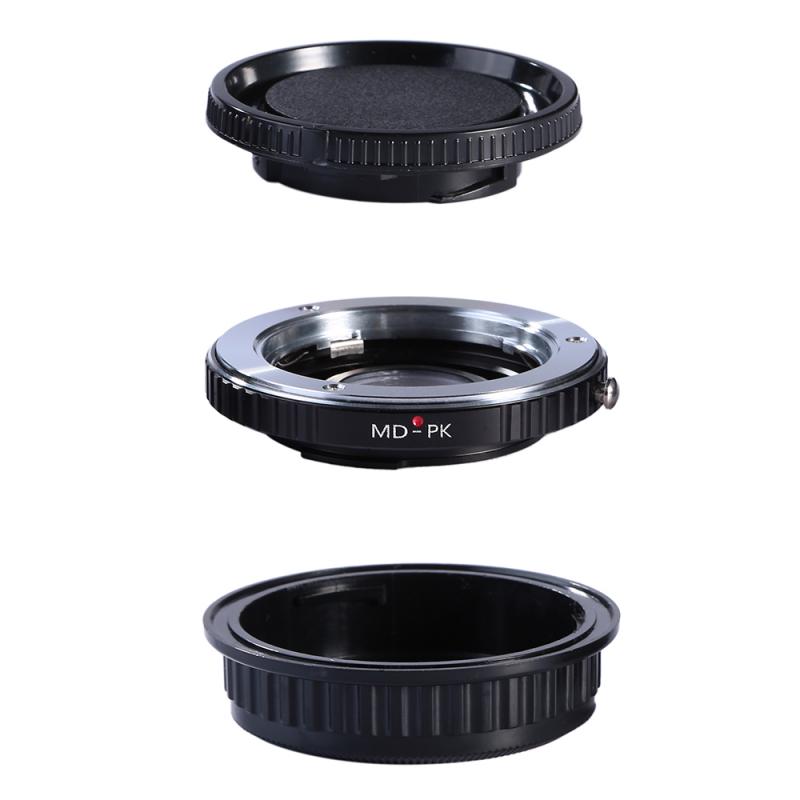




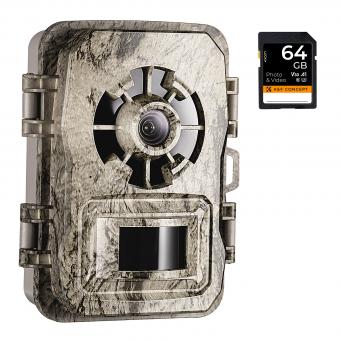



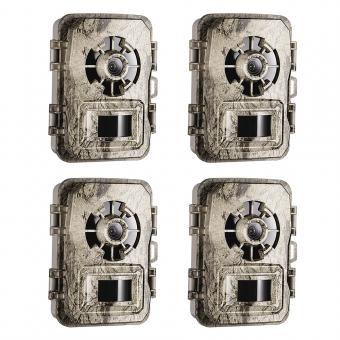









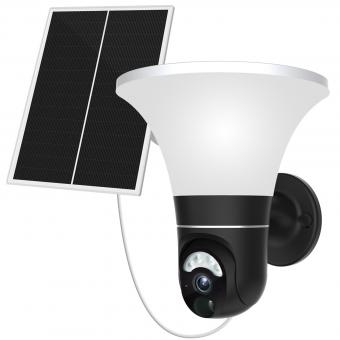


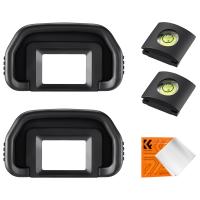

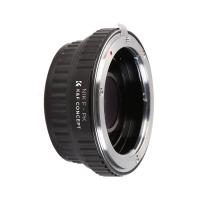








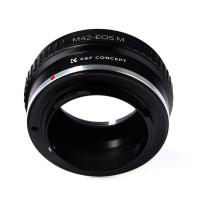







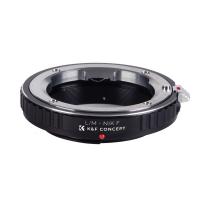
There are no comments for this blog.